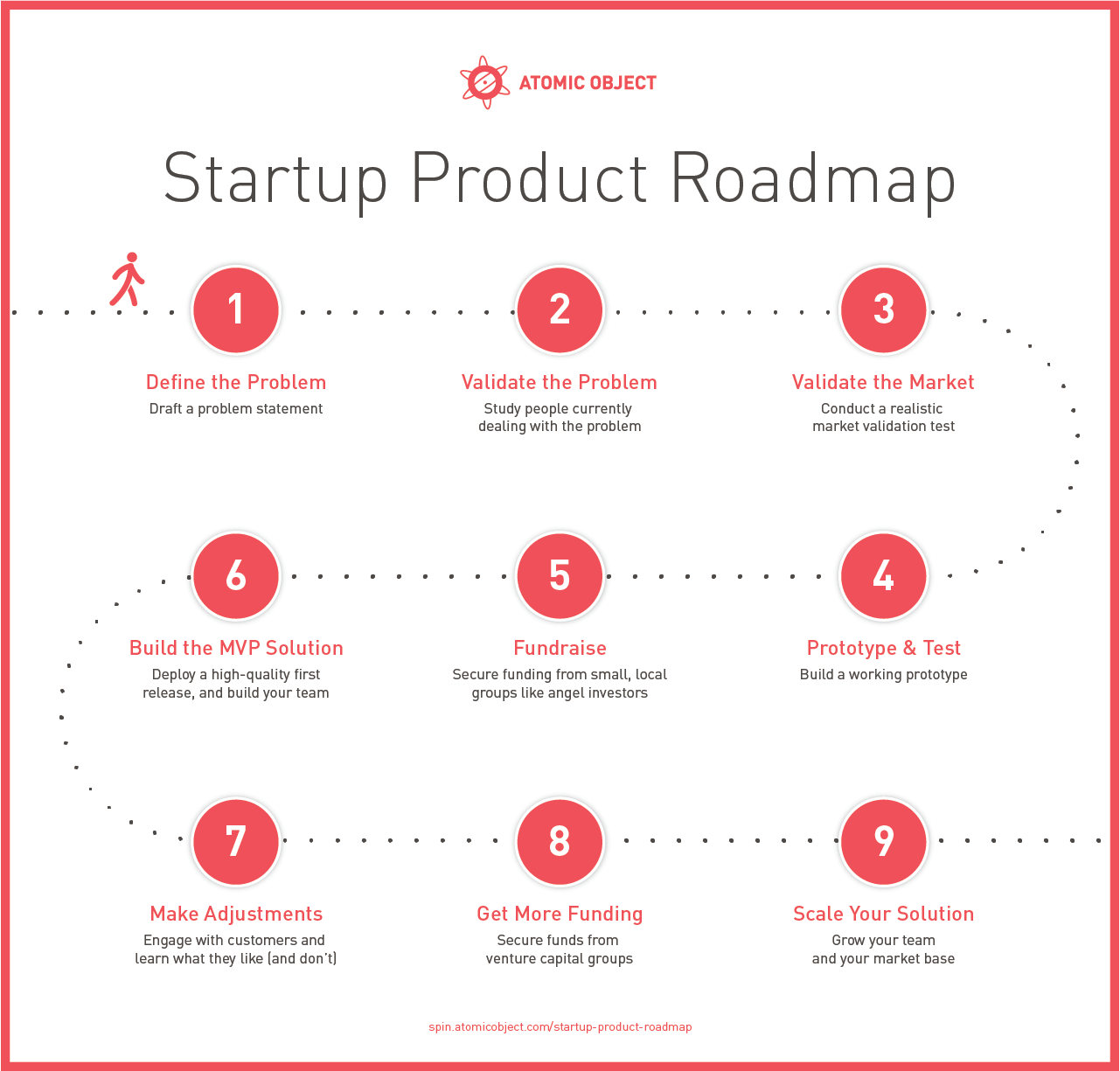How to Make a Business Plan Step by Step: Your Comprehensive Guide

Starting a business is like embarking on a thrilling adventure. But just like any great journey, you need a map—a business plan. This isn't just a document; it's your startup roadmap, your entrepreneur guide, and your key to success. So, let's dive in and explore how to make a business plan step by step.
Understanding the Importance of a Business Plan
A well-crafted business plan is more than just a formality; it's your business strategy laid out in detail. It helps you set clear goals, understand your market, and plan your financial projections. Think of it as the blueprint for your entrepreneurial dreams.
Step 1: Executive Summary
The executive summary is the first section of your business plan, but it's often the last part you write. This is where you summarize your entire business plan in a concise and compelling manner. It should hook your reader and provide a snapshot of your business idea, market potential, and financial projections.
Step 2: Company Description
This section is where you introduce your business. Describe your mission, vision, and the problem your business solves. Think of it as your elevator pitch—clear, concise, and impactful.
Step 3: Market Analysis
Understanding your market is crucial. Here, you'll conduct a thorough market analysis. Identify your target audience, competitors, and market trends. Use data and statistics to back up your claims. Resources like the U.S. Small Business Administration can be invaluable.
Identifying Your Target Audience
Who are your customers? What are their needs and preferences? Answering these questions will help you tailor your products or services to meet their demands.
Analyzing Your Competition
Who are your competitors? What are their strengths and weaknesses? Understanding your competition will help you identify gaps in the market and opportunities for your business.
Step 4: Organization and Management
In this section, you'll outline your business structure and management team. Describe the roles and responsibilities of key personnel. This is also where you'll discuss your organizational chart and ownership structure.
Step 5: Service or Product Line
Here, you'll describe your products or services in detail. Explain what makes them unique and how they meet the needs of your target audience. Include any intellectual property, such as patents or trademarks.
Step 6: Marketing and Sales Strategy
Your marketing and sales strategy is your roadmap to reaching and converting customers. Outline your marketing channels, sales tactics, and customer acquisition strategies. Use data and analytics to support your plans.
Developing Your Marketing Plan
How will you reach your target audience? What marketing channels will you use? Developing a comprehensive marketing plan will help you attract and retain customers.
Creating a Sales Strategy
How will you convert prospects into customers? What sales tactics will you employ? A well-crafted sales strategy will help you achieve your revenue goals.
Step 7: Funding Request (If Applicable)
If you're seeking funding, this is where you'll outline your financial needs. Specify the amount of funding you require, how you plan to use it, and your repayment terms.
Step 8: Financial Projections
Financial projections are a critical part of your business plan. Include forecasts for the next five years, including income statements, balance sheets, and cash flow statements. Use realistic assumptions and provide explanations for your projections.
Creating Realistic Financial Forecasts
How will you generate revenue? What are your expenses? Creating realistic financial forecasts will help you plan for the future and attract investors.
Understanding Your Break-Even Point
At what point will your business start making a profit? Understanding your break-even point is crucial for financial planning and sustainability.
Step 9: Appendix (Optional)
The appendix is where you include any additional documents, such as resumes, permits, leases, or patents. This section is optional but can provide valuable context for your business plan.
Conclusion
Creating a business plan is a journey in itself, but it's a journey that sets the foundation for your entrepreneurial success. By following these steps, you'll have a comprehensive roadmap that guides your business strategy, market analysis, and financial projections. Remember, a well-crafted business plan is not just a document; it's your key to unlocking your business potential.

FAQs
1. Why is a business plan important?
A business plan is important because it helps you set clear goals, understand your market, and plan your financial projections. It's your roadmap to success.
2. What should be included in the executive summary?
The executive summary should include a snapshot of your business idea, market potential, and financial projections. It should be concise and compelling.
3. How do I conduct a market analysis?
Conducting a market analysis involves identifying your target audience, analyzing your competition, and understanding market trends. Use data and statistics to back up your claims.
4. What should be included in the financial projections?
Financial projections should include forecasts for the next five years, including income statements, balance sheets, and cash flow statements. Use realistic assumptions and provide explanations for your projections.
5. What is the purpose of the appendix in a business plan?
The appendix in a business plan is where you include any additional documents, such as resumes, permits, leases, or patents. It provides valuable context for your business plan.

Creating a business plan is a journey, but it's a journey that sets the foundation for your entrepreneurial success. By following these steps, you'll have a comprehensive roadmap that guides your business strategy, market analysis, and financial projections. Remember, a well-crafted business plan is not just a document; it's your key to unlocking your business potential.

Belum ada Komentar untuk "How to Make a Business Plan Step by Step: Your Comprehensive Guide"
Posting Komentar